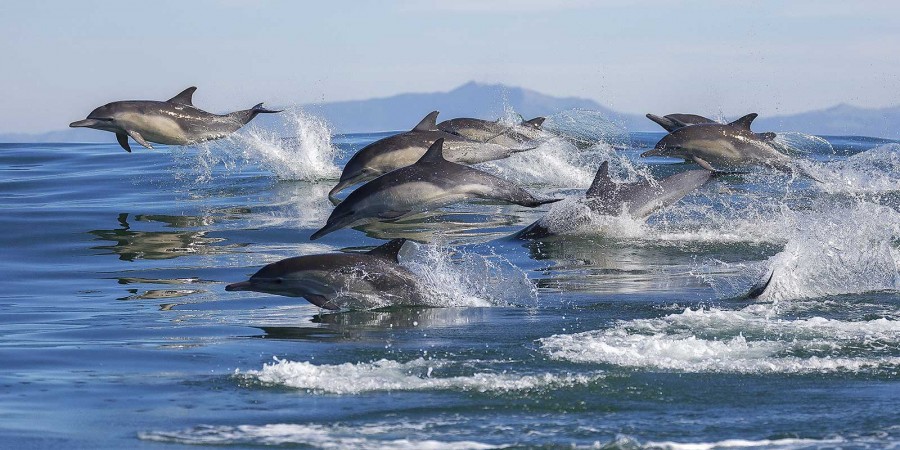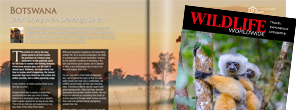Dolphin watching is simply great fun! With their playful and acrobatic natures, dolphins bring a smile to the faces of anyone who watches them. Our dolphin watching holidays offer a wide range of trips in stunning destinations and locations, such as...
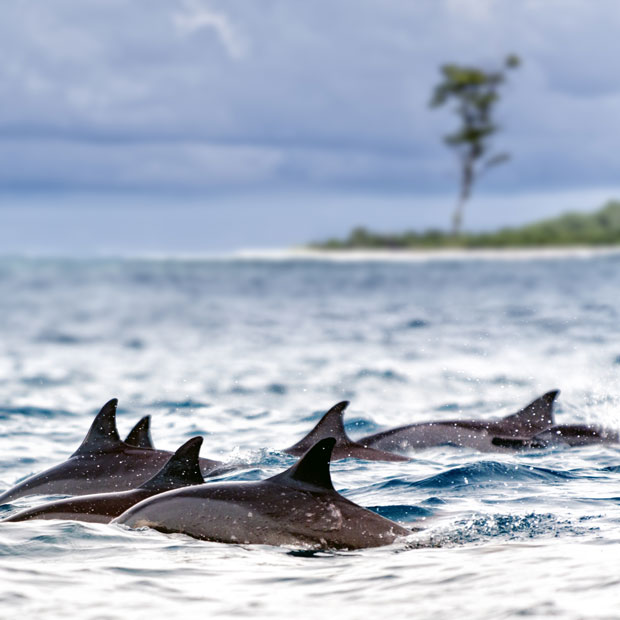
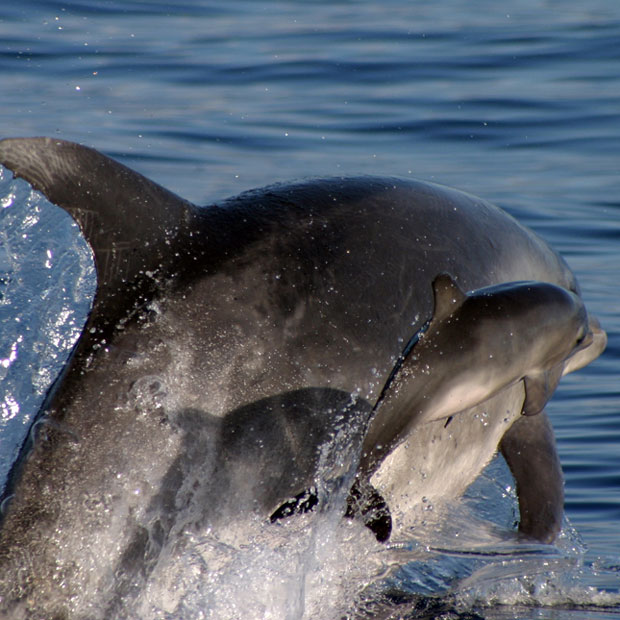
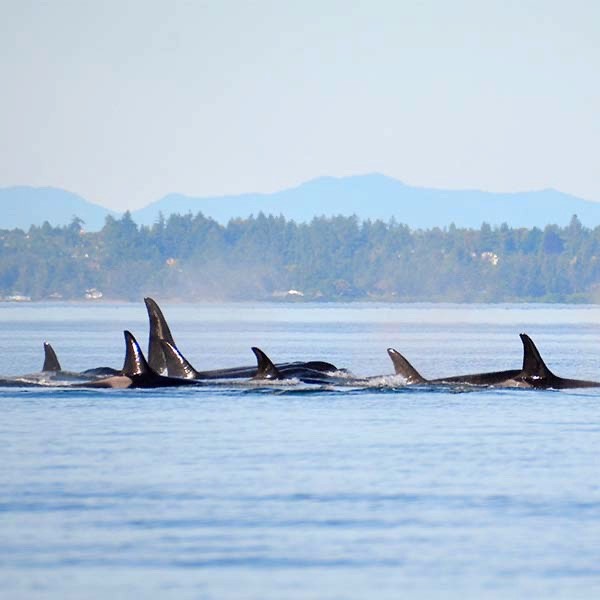
Why our dolphin watching holidays are so successful
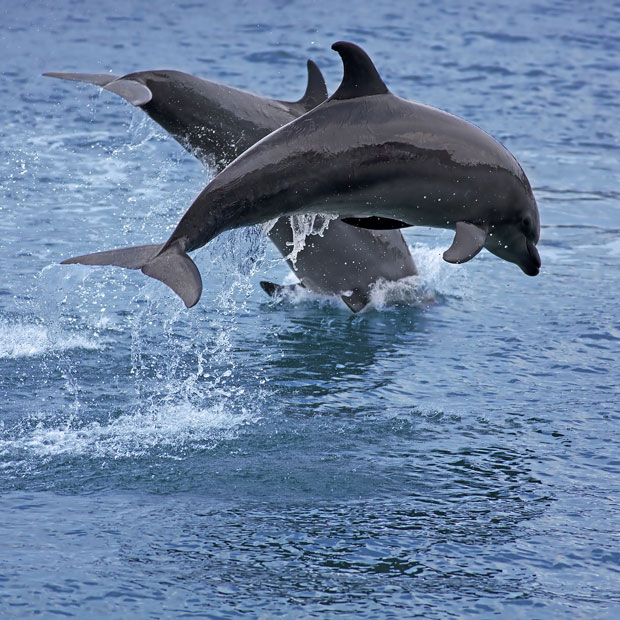
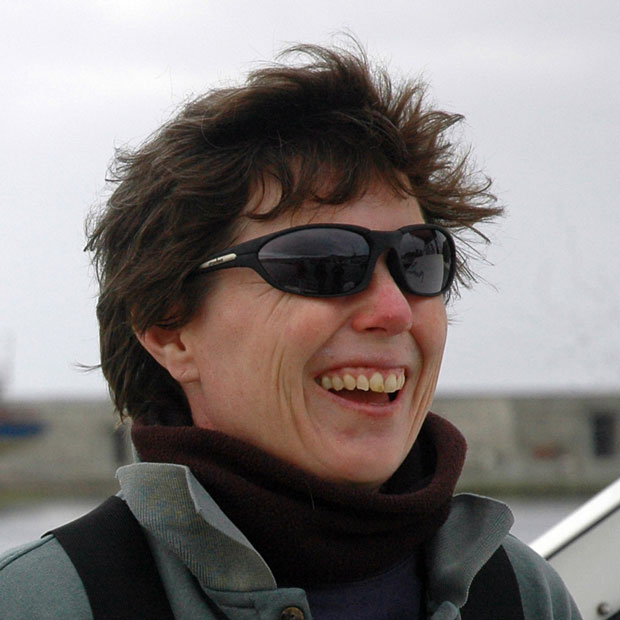
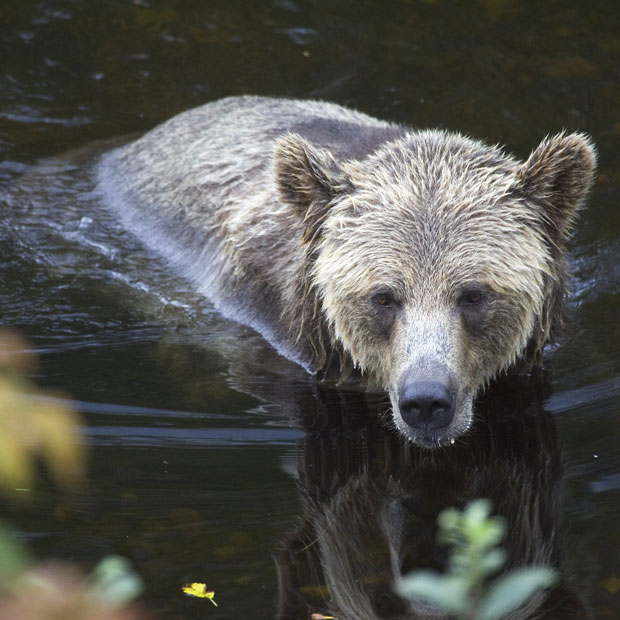
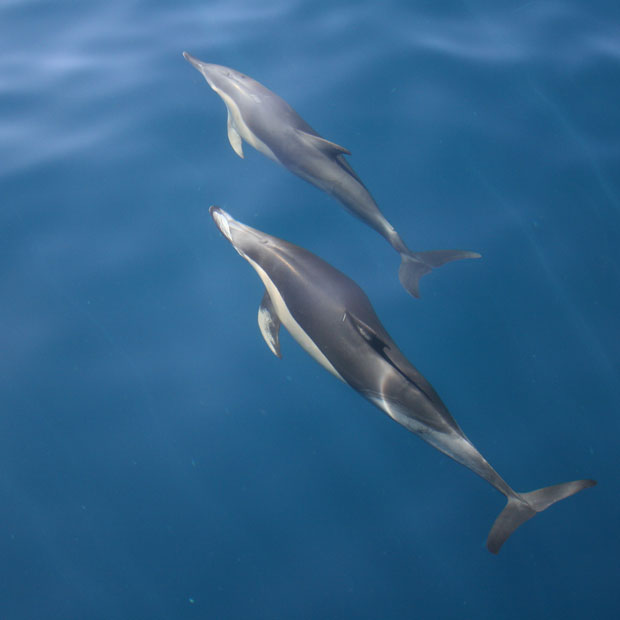
What dolphins to see and where
Dolphins are mammals closely related to whales and porpoises. Some forty species in all vary in size from just over one metre in length to up to 9.5 metres in the case of the orca, weighing anything up to ten tonnes. Although found mainly in shallow seas off the continental shelf, where they eat mostly fish and squid, the mid-Atlantic islands of the Azores attract species such as Risso’s and spotted dolphins.
In the Shetland Isles bottlenose dolphins are frequently spotted from the shore, while in the balmy waters off Sri Lanka trips by small boat off Kalpitiya Peninsula are often rewarded with sightings of mega-pods of spinner dolphins comprising several hundred individuals. Each summer orcas congregate in large numbers in the channels and bays around the north end of Vancouver Island, drawn by the rich food supply.
Bottlenose dolphin
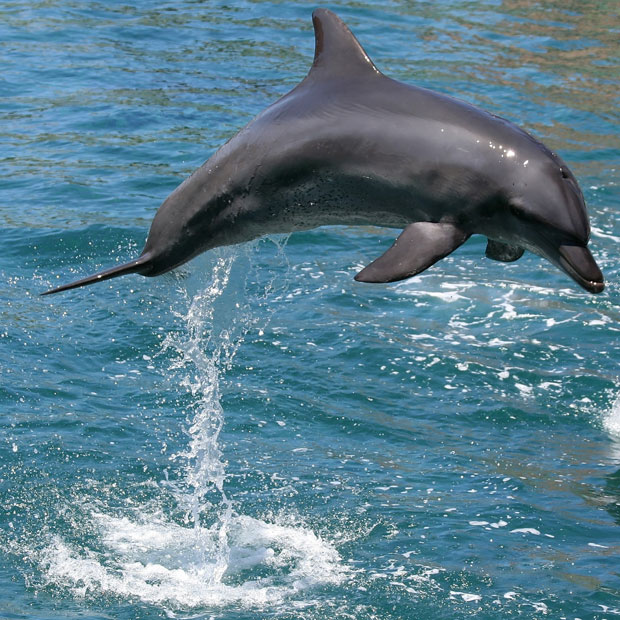
Although they typically live in pods of anything from 10 to 30 members, group sizes may vary from single individuals up to several hundred. They forage for fish using echolocation, and often work collaboratively to harvest fish schools, as well as hunting individually. Bottlenose dolphins communicate by emitting squeaks and whistles from their blowhole, and by leaping from the water and slapping their tails on the surface.
Orca (Killer whale)
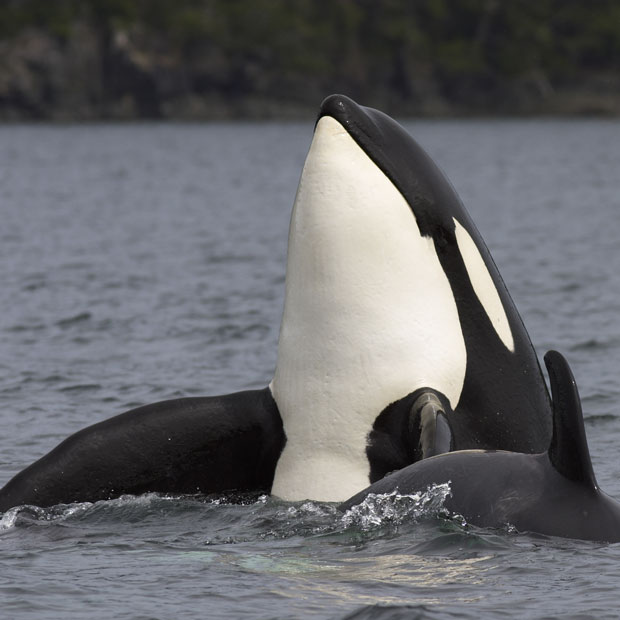
They are highly social creatures – some populations comprise family groups that hand down sophisticated hunting techniques and vocalisations – often specific to that particular group – from generation to generation. The coasts off British Columbia, in Canada, are renowned for being the best place for orca watching. One very special way to see orcas is whilst staying aboard a boat in the waters of Vancouver Island, or you may choose a self drive itinerary.
Further towards the Arctic, Iceland also offers good sightings and an excellent opportunity to combine orcas and the northern lights in winter.
Spinner dolphin
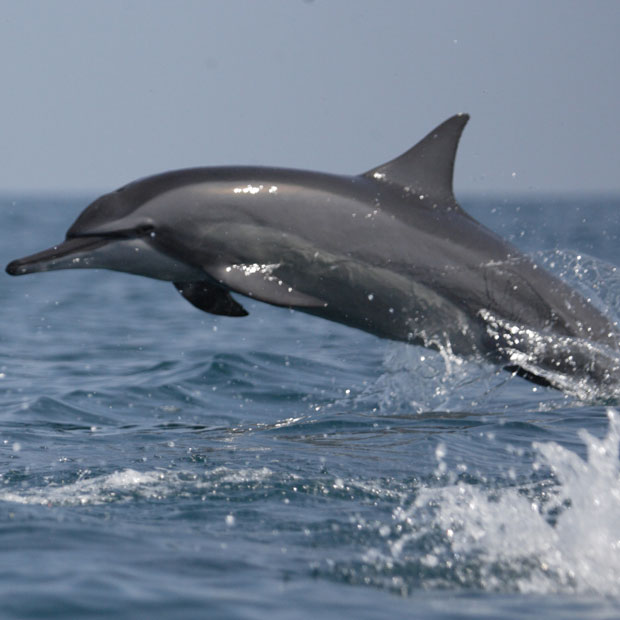
Famed for their acrobatic displays, spinner dolphins take their name from the way they rotate along their longitudinal axis as they leap through the air (although they also spin in the water). Depending on take-off speed and the height of the jump, they complete anything from two to five complete rotations before landing on their side.
Spinner dolphins feed mainly on small fish, squid and shrimp, and may dive to depths of 200-300 metres to hunt. In turn they are preyed on by sharks, killer whales, false killer whales, pygmy killer whales and short-finned pilot whales.
Risso’s dolphin
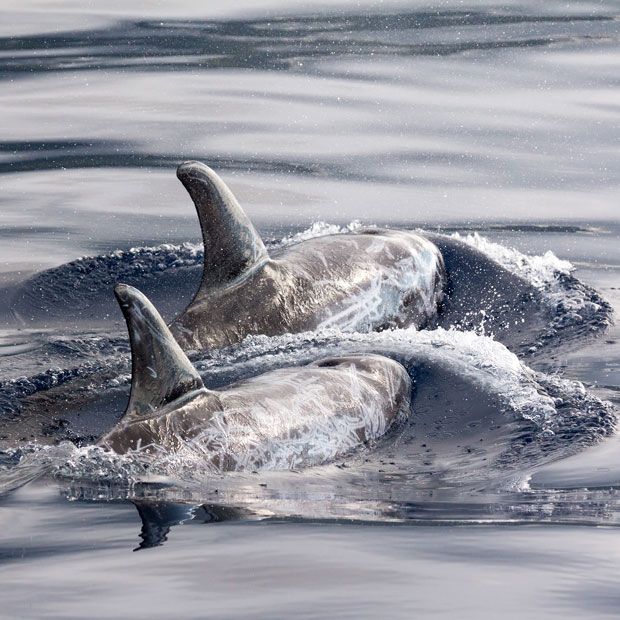
Typically reaching three metres in length and weighing 300-600 kilogrammes, they are often found in deep waters rather than close to land – specifically the warmer and more tropical parts of the Pacific, Indian and Atlantic Oceans. Between May and August you can explore the waters of the mid-Atlantic in search of Risso’s dolphins from Faial Island in the Azores archipelago.

